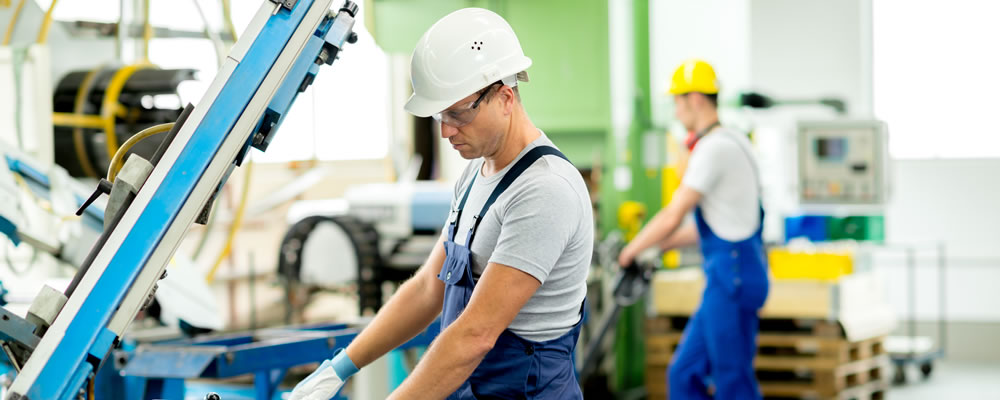Bullish Eurozone Manufacturing Data Boosts Euro Australian Dollar (EUR/AUD) Exchange Rate
As the latest raft of Eurozone manufacturing PMIs demonstrated fresh strength the Euro to Australian Dollar (EUR/AUD) exchange rate started 2018 on a stronger footing.
Investors were encouraged to find that growth in the manufacturing sector across the currency union had picked up further in December, with the overall measure climbing to an all-time high of 60.6.
This naturally boosted demand for the Euro (EUR), driving the single currency higher against rivals such as the Australian Dollar (AUD) and Pound Sterling (GBP).
With the Eurozone economy continuing to show signs of powering ahead pressure on the European Central Bank (ECB) looks set to increase, raising the odds of the central bank taking a more hawkish outlook in 2018.
As Chris Williamson, Chief Business Economist at IHS Markit, noted:
‘The growth spurt means many forecasters, notably the ECB, have revised their euro area growth projections for 2018 higher. The missing element has been sustained higher inflation, but the near record incidences of supply chain delays seen towards the end of 2017 indicate that pricing power is shifting from the buyer to the seller, suggesting upward price pressures are gradually returning.’
Solid Chinese Manufacturing Data Limited EUR/AUD Exchange Rate Uptrend Today
The EUR/AUD exchange rate also benefitted from a slight loss of momentum in the Australian manufacturing PMI, which dipped from 57.3 to 56.2 in December.
Although this remained comfortably within expansion territory demand for the Australian Dollar still softened as a result of the weaker showing.
However, the EUR/AUD exchange rate struggled to hold onto its gains for long as bullish Chinese manufacturing data shored up the price of copper.
With base metal demand looking likely to pick up further over the course of 2018 this somewhat limited the downside potential of AUD exchange rates during Tuesday’s European session.
The persistent relative weakness of the US Dollar also offered support to the Australian Dollar, with markets more inclined to favour the higher-yielding currency.
Further EUR/AUD Exchange Rate Gains Likely With Forecast Drop in German Unemployment
Tomorrow’s German unemployment data could see the EUR/AUD exchange rate return to a bullish trend, providing that the labour market continues to show signs of tightening.
If unemployment in the Eurozone’s powerhouse economy continued to decline in December the mood towards the Euro is likely to improve further.
Forecasts point towards a dip from 5.6% to 5.5% in the unemployment rate on the month, something which could offer EUR exchange rates another rallying point.
However, any disappointment may weigh heavily on the Euro, temporarily undermining confidence in the outlook of the German economy.
As the Euro has seen a particularly strong performance in recent weeks this leaves the EUR/AUD exchange rate vulnerable to the downside.
Muted EUR Exchange Rate Reaction Forecast on Eurozone Services PMIs
Further volatility is likely for the EUR/AUD exchange rate with the release of December’s services PMIs later in the week.
Another solid performance from the Eurozone economy could see the Euro extending its recent gains, increasing the odds of a more hawkish ECB outlook.
Even so, as a number of the initial readings from across the Eurozone saw release prior to the New Year the reaction to the data could prove a little limited.
Unless the Australian data continues to fall short of forecast the EUR/AUD exchange rate may struggle to find any particular traction in the near term.



